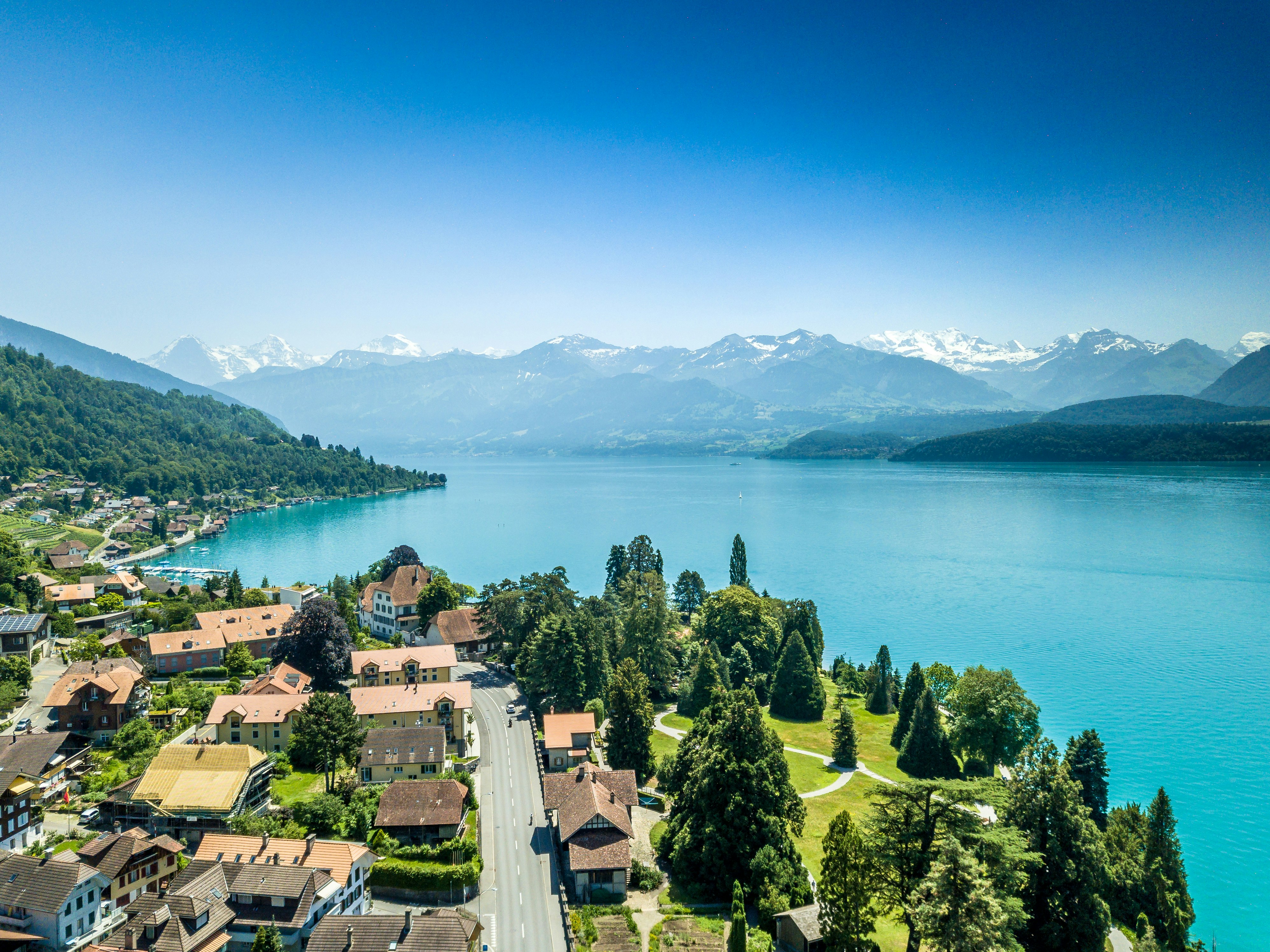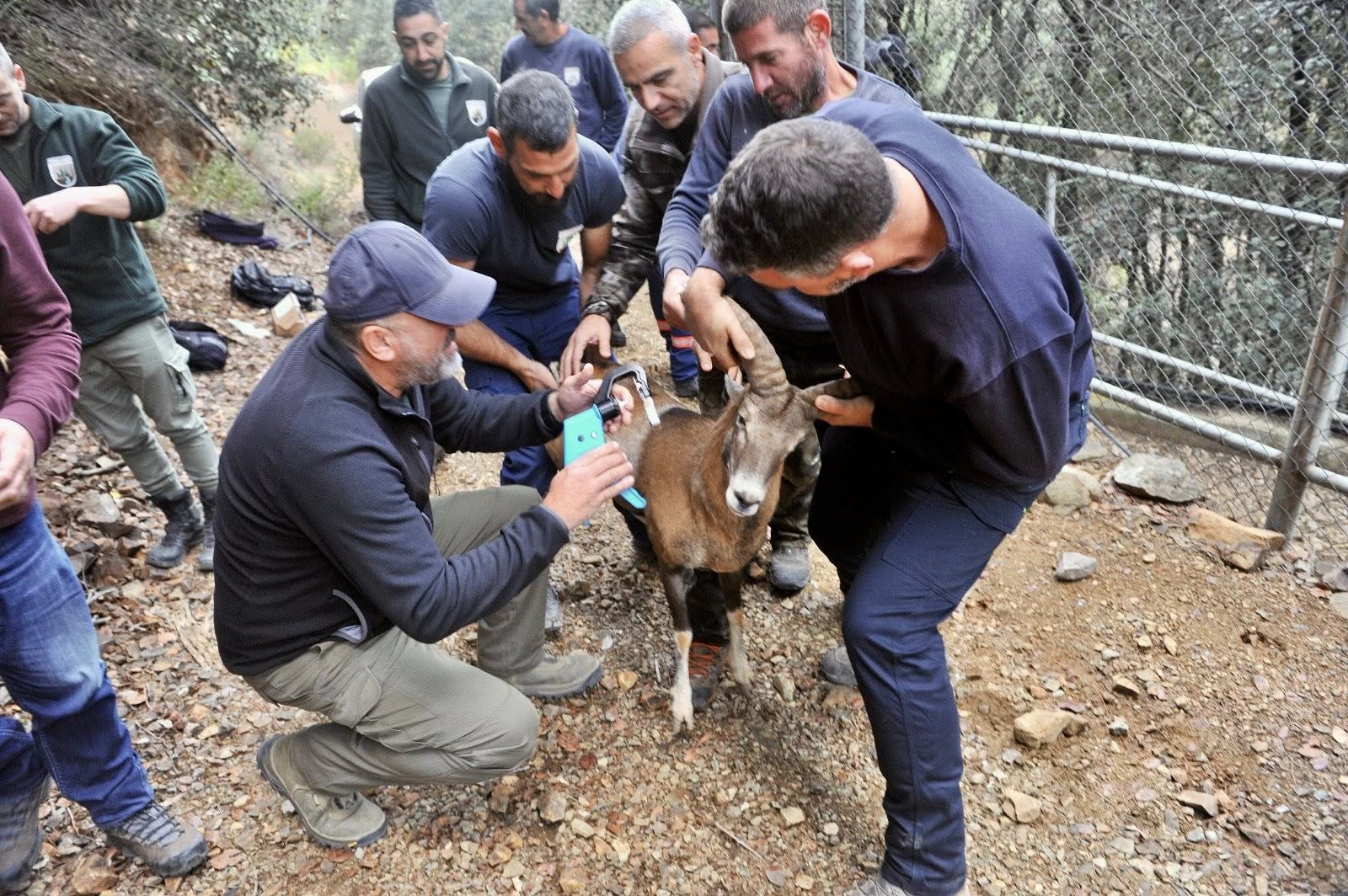The hills roll rather than rise, the fields seem drawn rather than planted, and the villages lie low in the landscape as if placed there by instinct. This is not a place of grandeur, but of quiet detail — a world made of grass, wood, and sound.
From the moment you arrive, you sense that rhythm. The air smells of milk and pine. The bells of cows ring from far slopes, the notes overlapping like voices in a choir. The wind carries them across the valleys and into the folds of the hills, turning distance into music.
A Landscape of Curves
The land here feels hand-shaped. Every hill blends into the next, the green broken only by lines of trees and narrow paths that climb toward farmhouses. The fences are low, the meadows wide, the horizon always near.
In spring and early summer, the grass reaches the knees and moves like water when the wind passes. Wildflowers bloom in bands of color — blue, yellow, white — each one distinct yet never separate from the rest. The farmers cut the grass in wide arcs, leaving patterns that mirror the shape of the land.
Appenzell’s beauty is not theatrical. It depends on proportion: the space between houses, the slow tilt of the fields, the way light rolls down from the mountains at dusk.
Villages of Wood and Paint
The villages follow the landscape’s softness. Their houses are made of timber, painted in warm colors — red, green, ochre — and edged with white trim. The façades often bear painted symbols, dates, or floral designs, part of a local tradition that treats architecture as a form of storytelling.
Appenzell itself, the main town, is small but full of color. Streets curve gently around the square, where shop signs hang from wrought-iron brackets and every window seems to hold a flower box. The church tower rises above it all, simple and clear against the sky.
Even here, in the center, the pace feels rural. People greet one another by name. The smell of cheese and bread drifts from open doors. The air feels close, familiar, steady.
The Sound of Work
Much of life in Appenzell still follows agricultural rhythms. Cows move up the slopes in spring and return in autumn, guided by farmers who wear traditional hats and wide belts embroidered with metal studs. The milk they produce becomes cheese — Appenzeller, known for its sharp, herbal flavor.
The making of it is a kind of ritual. Milk is stirred slowly in copper vats, curds cut with wooden paddles, and the wheels washed with a secret brine that gives them their character. Every step feels deliberate, born from long memory.
The sound of bells marks every part of the process. They ring when the cows leave, when they return, and when they are celebrated in parades that feel older than the roads themselves.
Paths Through the Hills
Walking or cycling through Appenzell means following the shape of the land rather than cutting through it. Trails wind between pastures and forests, climbing gently before descending toward another valley. Wooden crosses and benches mark the viewpoints, offering places to rest and listen.
Many Switzerland bike tours include routes through this region, tracing the paths between the small towns of Gonten, Urnäsch, and Weissbad. The rides are not difficult — just long enough to feel the contours of the hills, the change of air, the difference between morning mist and afternoon light.
From the saddle, the countryside feels alive in quiet ways: a farmer stacking hay, a child waving from a doorway, a stream slipping under a wooden bridge. You begin to understand that the landscape’s calm is not emptiness but balance — a dialogue between people and place.
The Hills and the Weather
The weather in Appenzell changes by tone, not by season. Morning often begins with mist that drifts low across the fields, turning everything silver. By noon, the clouds lift and the colors sharpen — the grass bright, the sky pale blue, the distant Alps washed in light.
Rain falls softly and ends quickly, leaving the air scented with earth. Afterward, the hills shine as if newly made. The wind carries the smell of hay, and the streams swell just enough to be heard again.
Each shift feels natural, unforced. The land accepts weather the way it accepts everything else — as part of its rhythm.
The Spirit of Place
There is a certain steadiness in the people of Appenzell, a patience that comes from living with the land rather than on it. Work, celebration, and rest all seem to blend into one another. Festivals still fill the calendar, not as spectacle but as continuity.
In summer, farmers decorate their cows with flowers and bells and lead them through the streets at dawn, marking the transhumance — the movement from low pastures to high. The sound of hundreds of bells carries through the valleys like a heartbeat. People stand at their doors to watch, to wave, to listen.
It is a sound that feels ancient, but also necessary — a reminder that time here is cyclical, not linear.
Evening in the Pastures
When evening falls, the hills grow dark at the edges, and the last light pools in the valleys. The air cools quickly, carrying the smell of wood smoke and grass. In the distance, you can still hear the bells, faint now but steady.
The houses glow softly from within. The windows are small, the glass thick, and the light inside seems warmer for it. Somewhere, a dog barks, and a train passes, its sound fading almost before it’s heard.
The sky remains wide long after sunset, and stars begin to appear above the outlines of the peaks. The silence that follows feels full, not empty — a silence that holds everything the day has left behind.
What Endures
Appenzell endures not because it resists change, but because it understands proportion. The land, the work, the houses, even the sound of bells — all exist in balance. Nothing here is large, but everything feels complete.
Standing in a meadow at dusk, the hills rising gently around you, it is easy to see why people stay. The landscape asks nothing, yet gives back a sense of clarity — a reminder that beauty can come from simplicity, and that quiet is a form of strength.
Appenzell is not a place to pass through. It is a place to listen to.







Click here to change your cookie preferences